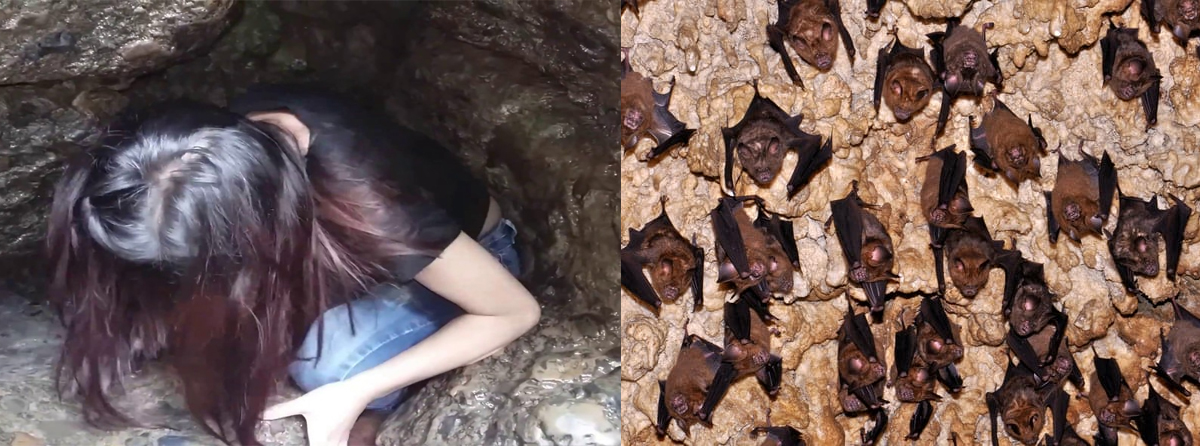For the ordinary Nepali, Pokhara has become a must-see destination. Pokhara is becoming a popular tourism destination for both domestic and foreign visitors. People are drawn to Pokhara because of the stunning snowcapped mountains in the north, as well as the lakes and vegetation. Aside from lakes and hiking sites, Pokhara is home to several incredible caves. Tourists are enthralled by the notable caverns, such as Mahendra Cave, Gupteshwor Cave, and Bats’ Cave, also known as the Chamero Gufa. They are also interested in exploring smaller caverns such as Harihar Cave and Kumari Cave, both of which are endangered.
The Bat’s Cave commonly known as the Chamero Gufa seems to be another popular tourist site around Pokhara. In the year 2040, the landowner – a farmer – is believed to discover this cave.This is mostly a limestone cave that, as the name suggests, is full with bats. It is right approximately nearby Mahendra Cave. Chamero Gufa is the native name for it. Because the cave is not illuminated by electricity, the explorers must proceed cautiously because it is dark and the route is littered with jagged stones. Because water pours through ceiling on a regular basis, making everything moist and slick, every approach must be done with caution.
The cave measures around 135 meters in length. A tiny stream runs through the cave, which is carved deep into the rock. The cave’s entrance has been uncovered, and cement stairs weave their way down to the cave’s real mouth. If I had to estimate the age of the Bat Cave, I’d say it’s about the same time as the Gupteshwor cave. This cave also has a submerged entrance in the earth. Despite the cave being entirely black inside, the light from the flashlight revealed its size. From mid-September until mid-May, the ceilings are covered in hundreds, if not thousands, of bats.
Round leaf and horseshoe bats are the most common bats to be seen in this cave. You may reach within just a foot of them together in some parts of the cave. But be cautious. Those similar sections are slick and lack handrails for safety. Many individuals have been injured while exploring the cave’s rocks. One also can hear some terrifying horror stories of individuals falling through the cave’s rocks here.
Just on the right hand side of the Bat cave’s second chamber is a side room. If you have any guide, he will try to persuade you to enter it as quickly as possible. You could try to climb to approximately the same level as the ceiling and be within a few feet of the bats from here. Then you’ll be required to cross a 5-inch-wide walkway, swing around a barrier, and return to the route. If by the god’s grace you don’t fall, you’ll have to climb up an extremely slippery rock wall and crawl through a tiny hole in the ceiling. The “exit” is more of a life-threatening disaster than an exit. Locals believe that anyone who departs by the “exit” gets cleansed of all sins and reincarnated in Nepal. It is undoubtedly a triumph that I do not support.
Warning: Do not attempt to escape out from the exit if you really are a claustrophobic, acrophobic / frightened of heights, or don’t even have any climbing abilities. Exit through the main door.
How to reach Chamero Gufa: The Bat’s Cave or the Chamero Gufa is located in Batulechaur, about 4 kilometers from Mahendra-pul. Microbus service is offered from Bazar and other places of Pokhara on a regular basis. Bicycles, motorcycles, and cabs can also get you there.
Entrance Fees of the Chamero Gufa: The Chamero Gufa entrance charge is 50 NPR for Nepali citizens, 30 NPR for Nepali students, 80 NPR for visitors from SAARC nations, and 150 NPR for tourists from several other countries.
The Pokhara Valley is a possible home for bats in Nepal. In the Pokhara Valley, a comprehensive bat survey is required. Because of the high number of caves as like the Chamero Gufa or the Bat Cave in this valley, this city might be promoted as a prospective tourist destination for bat viewing. The Chamero Gufa, or Bat Cave, is also well-known for educational tours too. Commercial building construction near caves, on the other hand, has expanded and made the cave more noisy and polluted. Similarly, the cave has become increasingly susceptible due to the frequent transit of large cars on the highway. Tourism entrepreneurs should emphasize the importance of cave protection in order to develop cave tourism.
-By: Saru Niraula for Land Nepal




